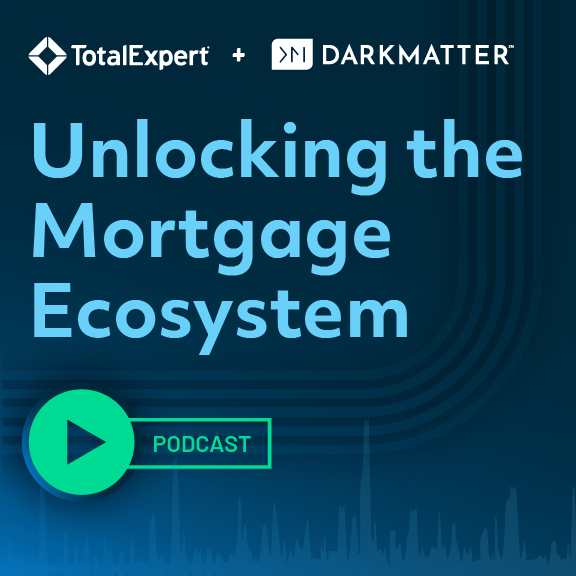To retain depositors, financial institutions need to focus on relationship banking.
By James White, General Manager of Banking
For banking leaders, “rates-up” environments aren’t the boogeyman. In fact, they’ve wanted an upward movement in rates for a long time—about 15 years. It’s easier for institutions to make money when rates are at historical averages, rather than at historic lows. In a business where profit depends on the margin between the yield on earning assets and the cost of funds, there are more opportunities when you can work on both ends of that margin.
The grave risk facing financial institutions is that deposit-side competition is an atrophied muscle. Their risk isn’t a ”deposit Armageddon” caused by external factors, though pressure is certainly mounting. Rather, it’s an internal crisis brought on by years spent in an artificial reality of funding security. Institutions have had more deposits than they’ve known what to do with, so they didn’t need to worry about price. Now, they’ll need to show that they can compete with a balance of both price and service.
Relationships will become a key antidote to price competition. The differentiator, though, will be about which institutions consumers see as truly providing relationship banking. Value will soon sift institutions. There will be those who excel at deposit relationships and drive higher profits by managing the cost of funds, and then there will be those who see deposit outflow and precipitous increases in funding costs as they’ll have to look elsewhere to secure funding.
“Relationship” must mean something much more than window-dressing; it must mean solving the problems on most customers’ or members’ minds if they hope to stave off price-driven attrition.
Finding safe returns
Right now, banking leaders are being kept awake at night by the ever-increasing and ever-improving options for safety and higher yield available to consumers with each passing month. For 15 years, the S&P 500 and alternative investments like cryptocurrencies have been the ONLY option for returns above 1% for first-time homebuyers, savers, and retirees. There’s an obvious pain point: return on investment for consumers has meant risk—and a lot of it. There has been no safe, government-guaranteed means of investment that offers an attractive rate of return.
Now, though, the federal funds rate has climbed to 5.5%, the highest level since the Great Recession of 2008. Financial institutions now compete with the U.S. Treasury, which offers bonds over 5% at the time of this writing. Private firms, too, such as Edward Jones offering 5.45% for a year-long certificate of deposit (CD); Synchrony promoting 4.75% on savings accounts; Capital One with 5.25% CDs, and American Express with 5.00% CDs are stepping in.
For investors in equities or cryptocurrencies, the new rate environment is a beacon of hope. With cryptocurrency in a seemingly perpetual state of flux, and the bears wreaking havoc in the stock market, 5% on an FDIC-insured CD sounds quite appealing. Those investors will seek a newer, safer harbor for their money, and competitors are already dangling offers to steal your accounts.
Providing accountholders with education and options is the kind of relationship banking people need today.
Looking for a financial home
Competitors’ aggressive pricing is one good reason for worrying about deposit attrition. But there’s a deeper, emotional movement happening that offers both risk and significant opportunity for banks and credit unions. Consumers, especially savers, many of whom have parked cash at their institutions for years, are looking for their financial forever home.
Low rates on loans have supported borrowers’ financial dreams well. Savers such as first-time homebuyers and retirees–have struggled significantly.
For example, among consumer cohorts now in their 20s and 30s, saving to purchase a home is a priority for less than 20%. That same cohort, though, says buying a home is a top priority, according to data gathered by Plinqit, a saving technology platform founded in 2018. First-time homebuyers need enough for a 3% down payment, they just don’t think that’s attainable, the platform reported in a webinar published by BankBeat.
Those in or preparing for retirement have been in a similar camp. Pre-retirees, those aged 50 to 64, face a critical retirement challenge. According to a McKinsey & Company’s survey of 9,000 U.S. households, as many as 80% of baby boomers may be unprepared for retirement, and they must overcome “decumulation,” or the process of converting savings for retirement into a consistent and sufficient stream of income that lasts through retirement. “Many prospective retirees feel that they lack assets and the financial know-how they need for a confident retirement,” McKinsey Insights reported.
It’s not just about the money for consumers across the age spectrum. They’ll seek higher and safer returns because having a home, a rainy-day fund, or a well-funded retirement (i.e., their financial needs and dreams) will depend on it.
Providing accountholders with education and options is the kind of relationship banking people need today. Those institutions that help make their financial needs and dreams a reality have the best chance of remaining, or becoming, depositors’ financial home.
Free to leave
We spoke with Neil Stanley, CEO and Founder of The CorePoint in Omaha, NE, who said that “consumers will put their money to work somewhere, and banking organizations will see deposit balances decay. So, they’ll either have to pay to keep those deposits, or they’ll need to understand and tailor their products in valuable ways.”
The banking press has covered technology’s effect on deposit movements often. It’s generally understood that money can move today like never before. But is technology the only grease in those gears? Not even close. The Federal Reserve Board removed prohibitions that seemed insignificant during a time when institutions were cash flush—such as the prohibition on paying interest on commercial accounts or limiting the number of transactions from a savings account—that make moving money even easier.
“No bank will rush to pay interest on commercial accounts,” said Stanley. “And transactions on savings accounts aren’t onerous in themselves, but they create even less regulatory friction than before for rate competition and depositor movement.”
Then there’s the composition of core deposits at banking organizations. Only 14% of core deposits have maturities—the lowest level of tied-down deposits going back more than 35 years. And those non-interest-bearing accounts that banking leaders love—the ones that a competitor could pay interest on—have no commitment to stay from the depositor whatsoever.
Depositors are on the move. A rising rate environment incentivizes consumers to seek providers who will help them change what has been a dire landscape for savers into a clear road toward strong financial outcomes. Quantitative tightening is also removing deposits from circulation, and depositors are starting to shift, so financial institutions must choose: Let chance decide which depositors stay or go or use engagement and education to show them you are their financial forever home.
ON-DEMAND WEBINAR
At Any Rate: How to Drive Deposit Growth & Retention
Watch this on-demand webinar for more insights on what’s pushing depositors to seek new homes for their hard-earned money and strategies for how modern banks can retain their existing accounts while enticing new deposits.


